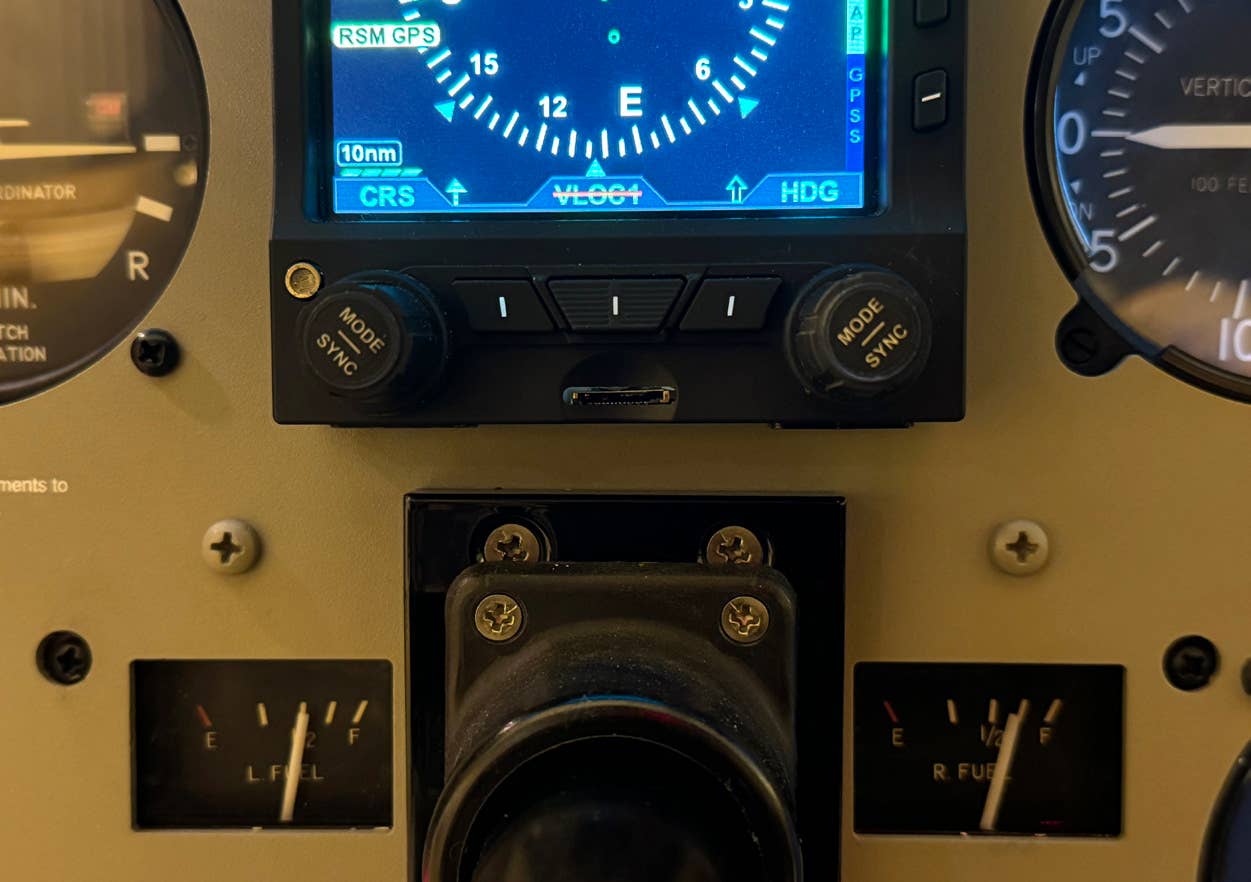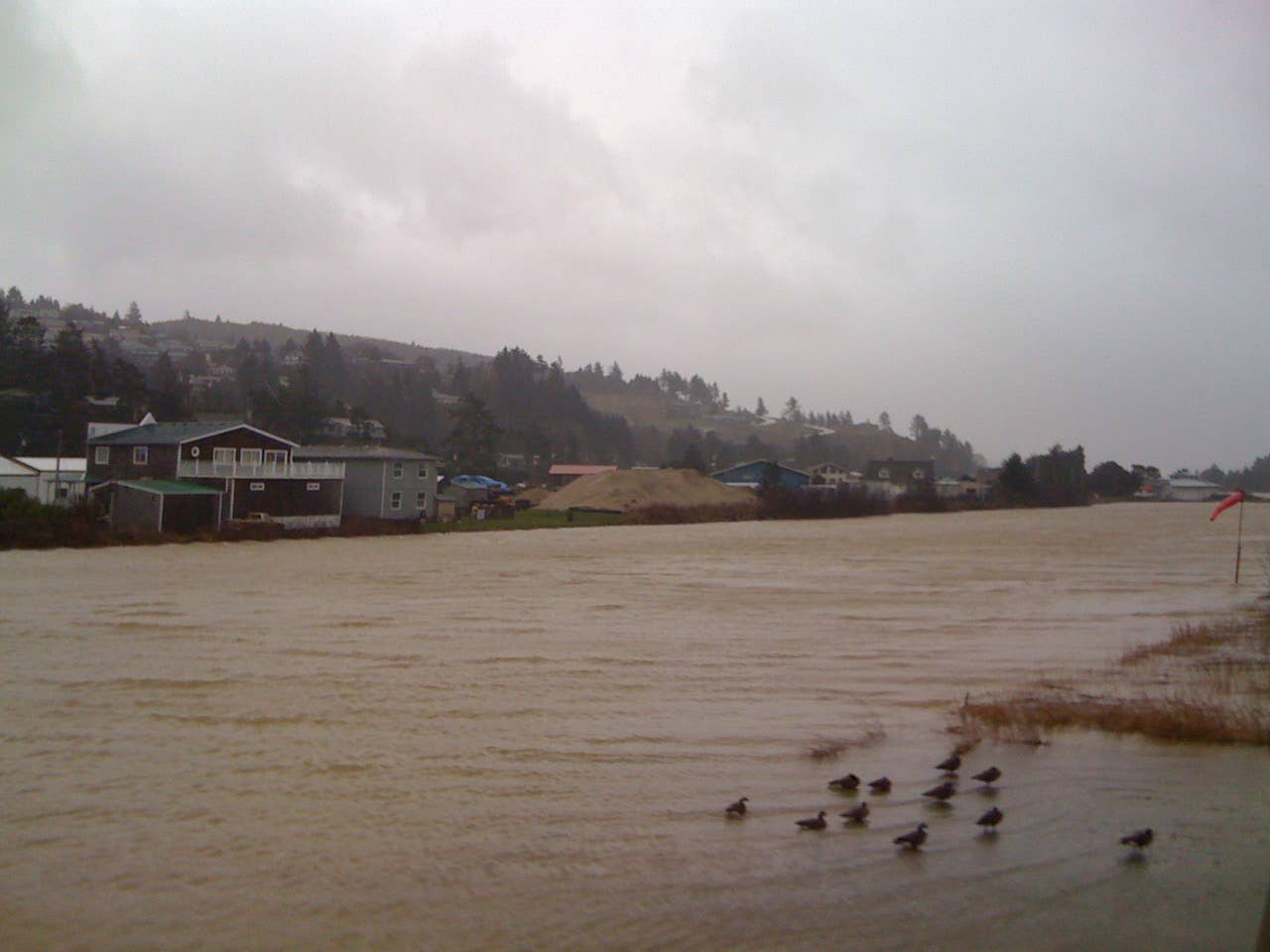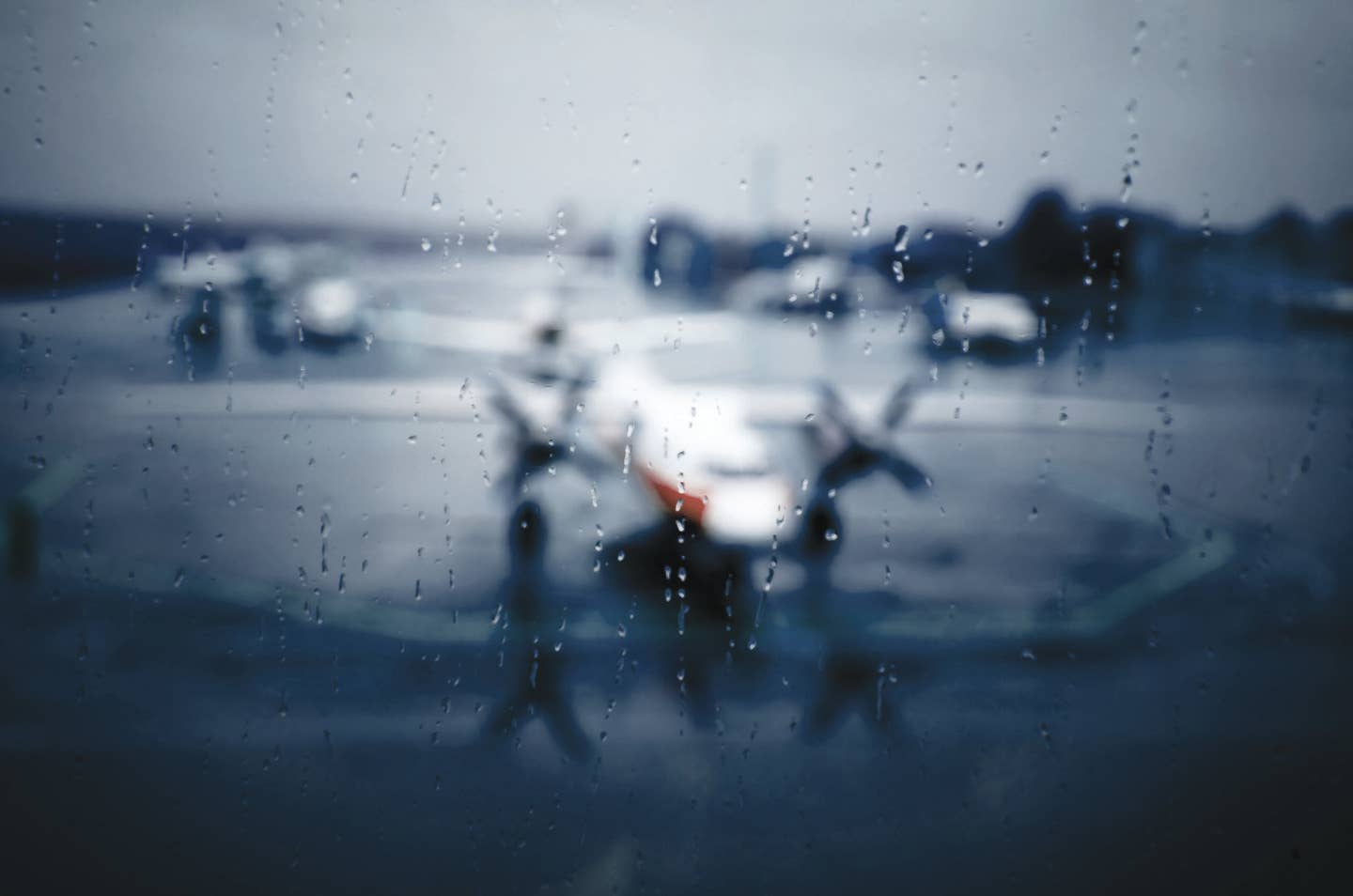
Stephen Strathdee
As pilots, we spend much of our training time anticipating emergencies and drilling ourselves on how to react. That's good, because training means exercising our mental muscle memory. Just as a pro basketball player practices the same three-point shot thousands of times to train his leg, arm and wrist muscles, we ingrain the correct responses to flying situations into our brains.
But as we've learned from dissecting so many accidents over the years, when the real thing comes along unexpectedly, pilots may or may not react as trained. The surprise element is often the wild card here.
After hundreds of landings, our short-final approach becomes a rote procedure. We're watching airspeed, and judging our sink rate. We've got any crosswind correction set up, just right, and the touchdown point is fixed in our view out the windshield. Just another smooth landing to add to the logbook, right? But then some dilbert decides to taxi across the active; the airport dog decides to patrol the runway checking for armadillos; or any of 1,000 other reasons why that comforting welcome mat of a runway suddenly slams the door in your face.
If you've recently practiced balked landings, you're probably spring loaded to react. (I won't go into specific sequences of events, since they vary from aircraft to aircraft, anyway.) But if it's been a while since you've practiced — or even thought about — making a go-around, things could get interesting. Yes, firewalling the throttle is pretty intuitive. But what's next? Do you reset the trim? Retract the gear? Retract the first notch of flaps? And when should you announce that you're going around on the radio? (I'll say just this about that: "Aviate, Navigate, Communicate") Most "emergencies" in airplanes don't require quick action, but rather a calm, measured analysis of the situation followed by deliberate action. Not a go-around. It's one of the times when you need to act quickly and decisively.
I think the best way to prepare for that is to play the "what if" game and think about a go-around even when it doesn't happen. As you turn onto the base leg, imagine that this landing WILL end up in a go-around. That can go a long way to defeating the paralysis that sometimes afflicts pilots when the unexpected unfolds. With my airplane, the last part of my landing checklist is to bring the propeller to fine pitch — and the main reason is to set up for a go-around. So it's a good memory jogger that, this time, the plan might change for real at the last minute.
On one of my first training flights, my instructor Frank Kelly in Massachusetts, told me on short final not to land this time, but to fly the little Cessna 150 down the runway without touching down. The first time, I couldn't do it. I realized I was committed to land once I'd turned final. As the wheels thumped down, he laughed at me (in a friendly sort of way) and asked what would have happened if a deer had run out in front of the airplane. After that first time, I was ready.
And if I ever have to execute a go-around for real, I'm hoping I'll still be ready.
Call to action: If you have any tips of your own you'd like to share, or have any questions about flying technique you'd like answered, send me a note at enewsletter@flyingmagazine.com. We'd love to hear from you.

Sign-up for newsletters & special offers!
Get the latest FLYING stories & special offers delivered directly to your inbox






